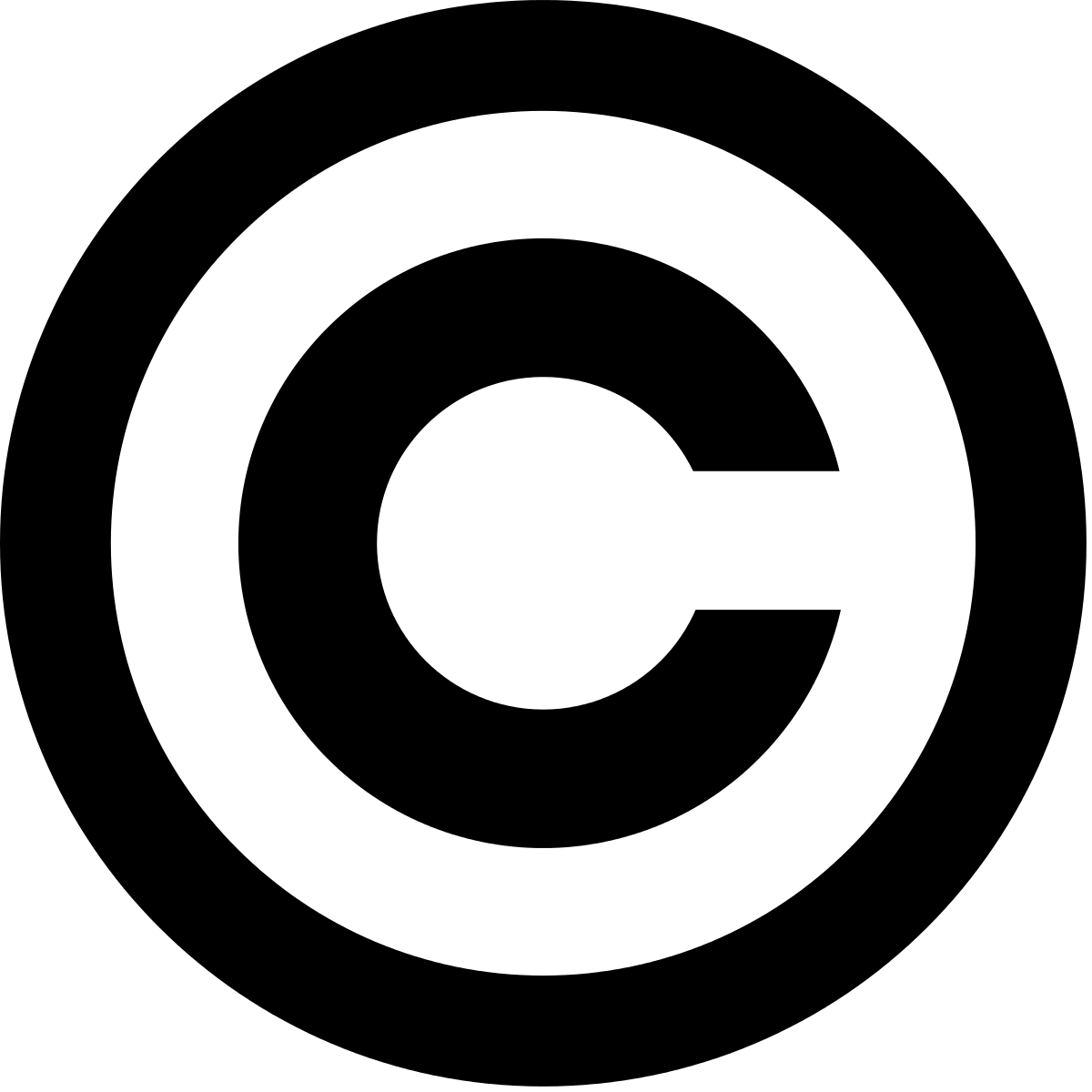Refurbish The Rubbish-Land
Abstract
Keywords
Full Text:
PDFReferences
Awosika, P. B. and Papineau M. (1993): Phase One Environmental Site Assessment, 7000 Marina Boulevard, Brisbane, California, prepared for Argentum International by Certified.Engineering & Testing Company, Boston, Massachusetts.
Bagchi,A. (2004): Design of Landfills and Integrated Solid Waste Management – Third Edition. New Jersey.
Baud, I. S. A. (2004): Solid Waste Management and Recycling - Actors, Partnerships and Policies in Hyderabad, India and Nairobi, Kenya. Dordrecht.
Corner, J. (2005): Lifescape – Fresh Kills Parkland – TOPOS Edition: Prospective Landscapes. Lindau.
Departemen Pekerjaan Umum, Direktorat Jenderal Bina Marga (1996): Tata Cara Perencanaan Teknik Lansekap Jalan. Jakarta.
European Union (1999): Council Directive 1999/31/EC of 26 April 1999, on the landfill of waste
Göschl, R. (1999): Remediation of Disused Landfill Sites through Excavation/ Redeposition and Treatment - Proceedings Sardinia 99, Seventh International Waste Management and Landfill Symposium. CISA. Cagliari.
Hickman, H. L., Eldredge, R.W. (2005): Part 3: The Sanitary Landfill - A Brief History of Solid Waste Management in the US during the Last 50 Years.
Japan International Cooperation Agency (JICA) (2003): Jakarta Solid Waste Management System Improvement Project. Jakarta.
Jaron, A. (Ed.) (2005): Sustainable Waste Management in Germany. Federal Ministry for the Environment, Nature Conservation and Nuclear Safety. Berlin.
Jaron, A., Rothkirch, U. G., Schulz, J. (Eds.) (2006): Waste Management in Germany – A Driving Force for Jobs and Innovation. Federal Ministry for the Environment, Nature Conservation and Nuclear Safety. Berlin.
Johannessen, L. M., Boyer, G. (1999): Observations of Solid Waste Landfills in Developing Countries: Africa, Asia, and Latin America. Urban Development Division - Waste Management Anchor Team - The World Bank. Washington D. C.
Kirkwood, N. (Ed.) (2001): Manufactured Sites - Rethinking the Post Industrial Landscape. London.
Knox, A. (2005): An Overview of Incineration and EFW Technology as Applied to the Management of Municipal Solid Waste
JA! Vol.1 No.1 Fritz Akhmad Nuzir 24 Knox, A. (2005): An Overview of Incineration and EFW Technology as Applied to the
Management of Municipal Solid Waste (MSW). University of Western Ontario. Canada.
Ludwig, C., Hellweg S., Stucki S. (Eds.) (2003): Municipal Solid Waste Management - Strategies and Technologies for Sustainable Solutions. Berlin.
Massa, A. (2007): 'Perfume wall' at Maghtab - Times of Malta edition March 3, 2007.Valletta.
McCann, M., Brufal, J. (2006): The Future of Waste PFI (Private Finance Initiative).
Metro Local Government (2007): Profile of Waste Disposal Unit and Sewage Treatment, Karang Rejo,Technical Operation Unit. Metro.
Prüfer, C. B. (1997): Waste Management in Poland and Germany - Economic and LegalAspects of Waste Management and their Impact on Cooperation at National and Business Level.
Frankfurt am Main.
WALHI Jakarta (Indonesia Forum for Environment – Jakarta Region) (2001): A Long Way to Zero Waste Management - Country Report – Indonesia. Global Anti-Incinerator Alliance (GAIA) -Waste Not Asia Conference.Taiwan.
WasteServ Malta Ltd (2004): Development of Rehabilitation Strategies Maghtab, Qortin and Wied Fulija Landfills - Summary Report. Valletta.
DOI: http://dx.doi.org/10.36448/jaubl.v1i1.288
JURNAL ARSITEKTUR saat ini terindeks:











This work is licensed under a Creative Commons Attribution-NonCommercial 4.0 International License




